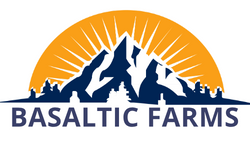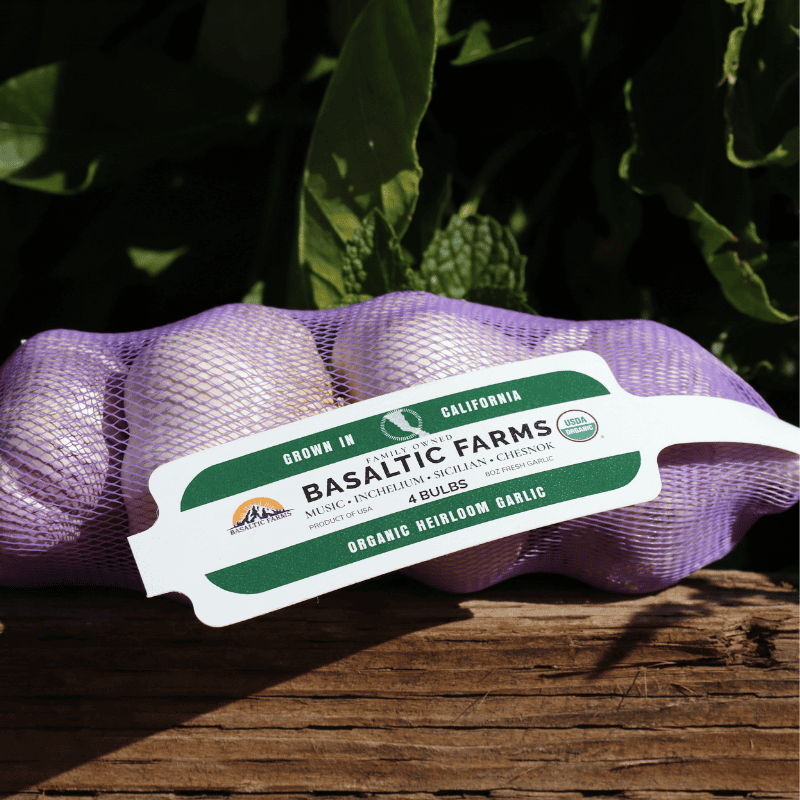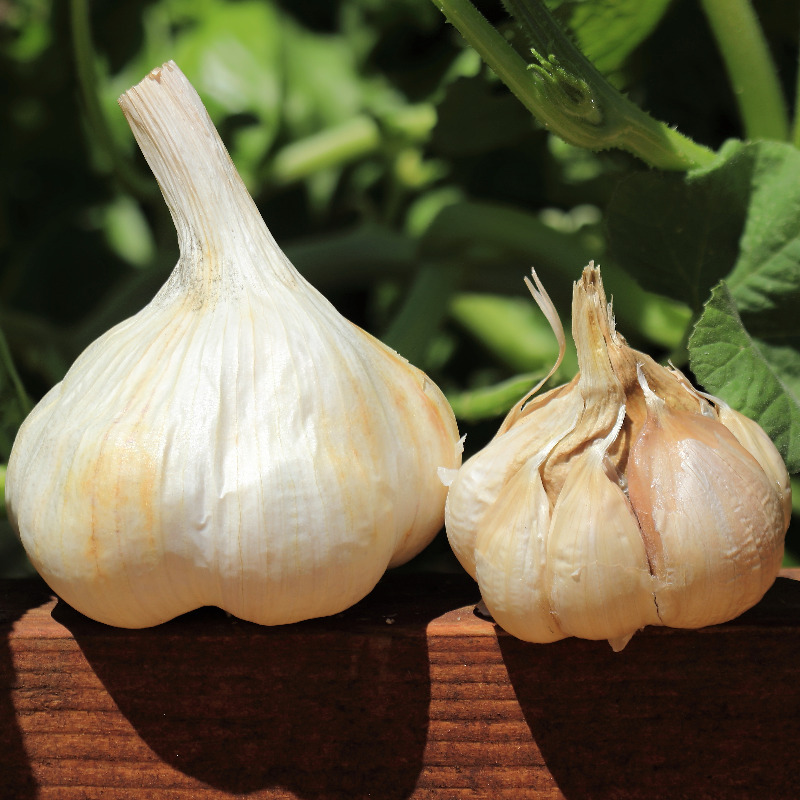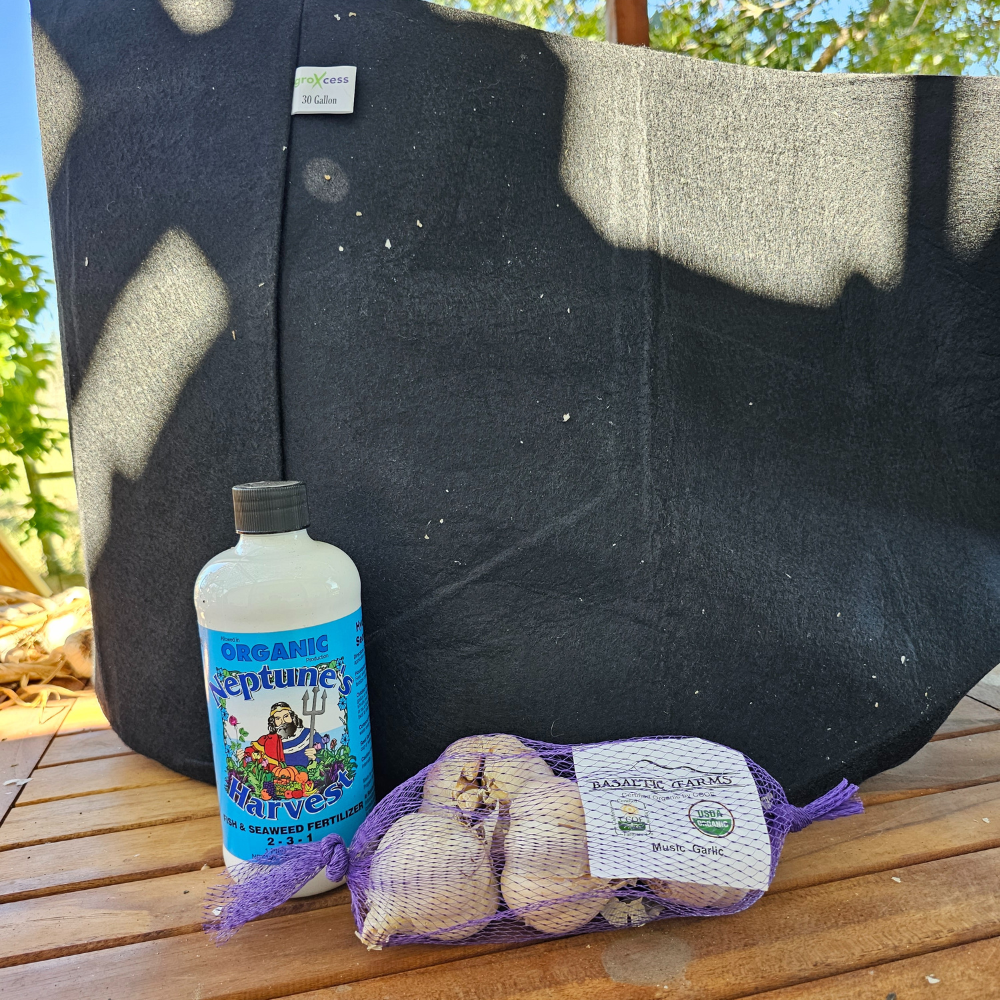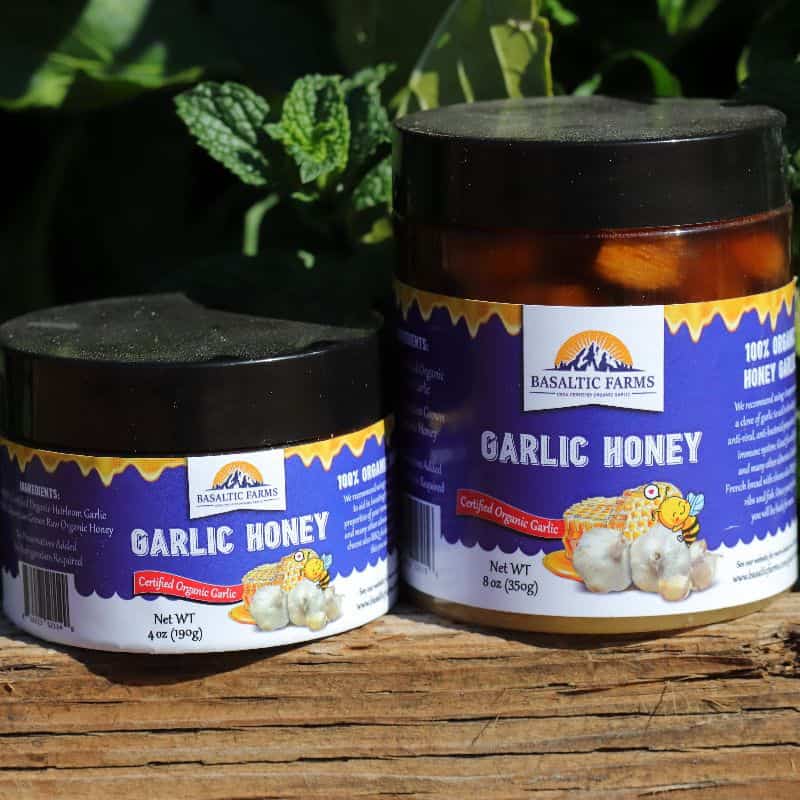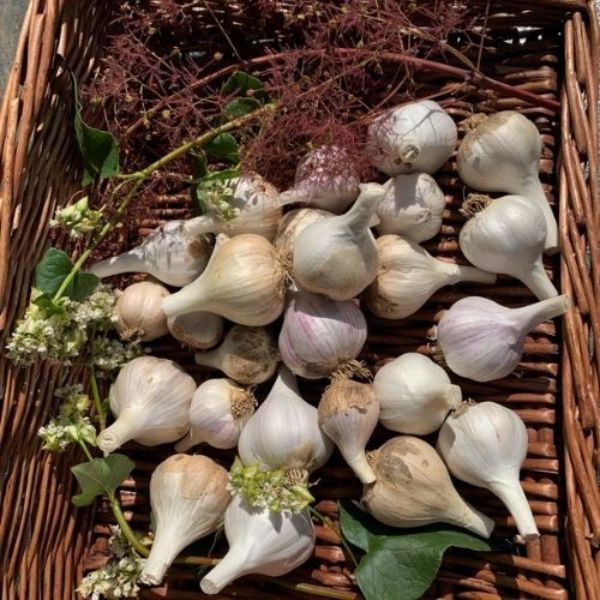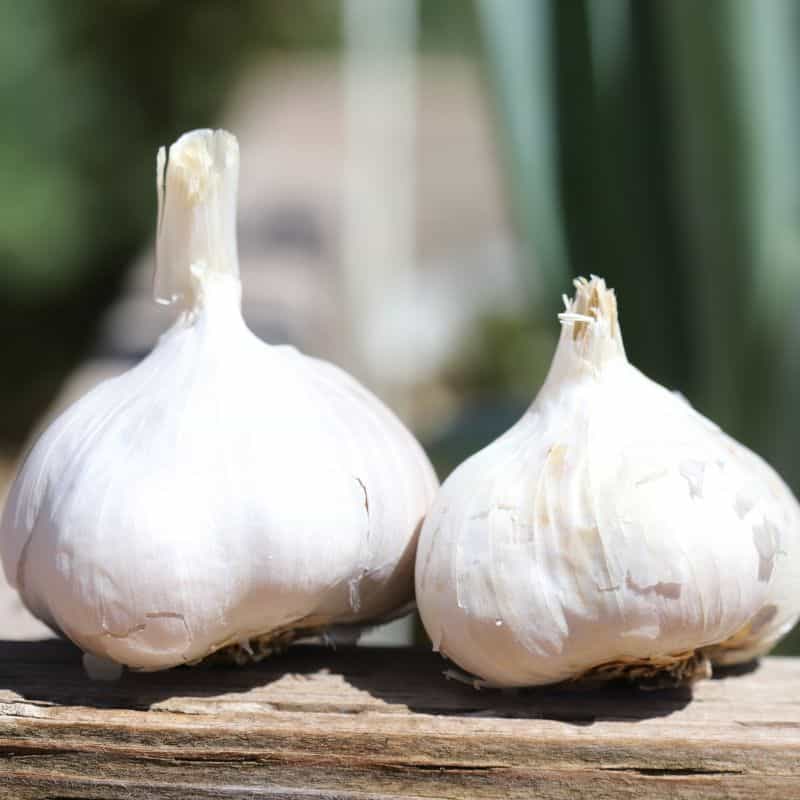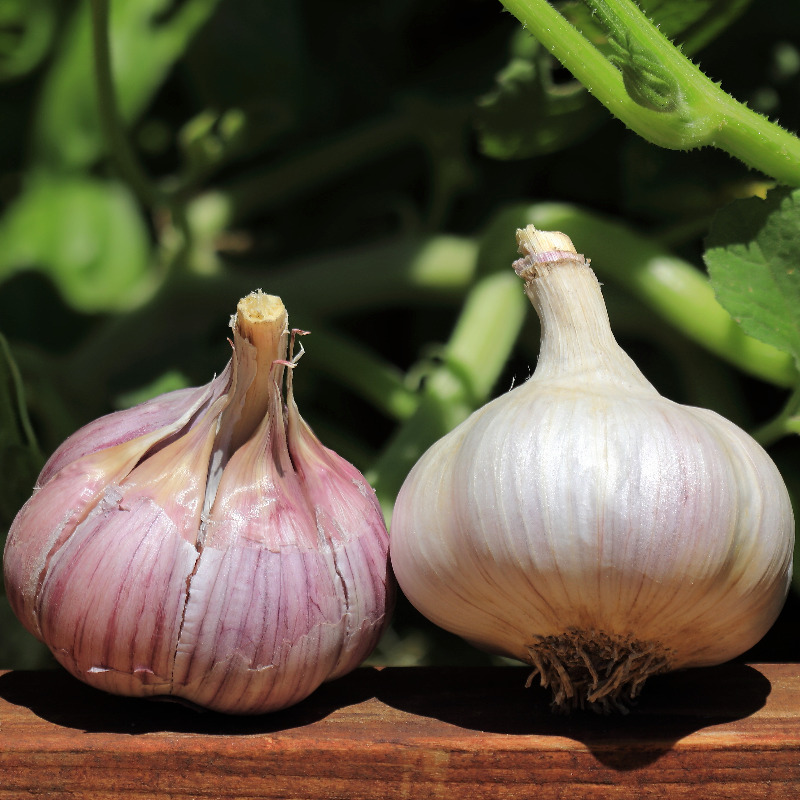Regenerative Farming
Regenerative organic farming is a holistic agricultural approach that focuses on restoring and enhancing the health of the soil, ecosystem, and community. This method goes beyond sustainable farming by actively improving soil fertility, increasing biodiversity, and promoting animal welfare. Regenerative farmers use practices such as cover cropping, crop rotation, and composting to sequester carbon, improve water retention, and reduce the need for synthetic inputs. This approach not only yields high-quality organic produce but also contributes to the fight against climate change by reducing greenhouse gas emissions and sequestering carbon in the soil.
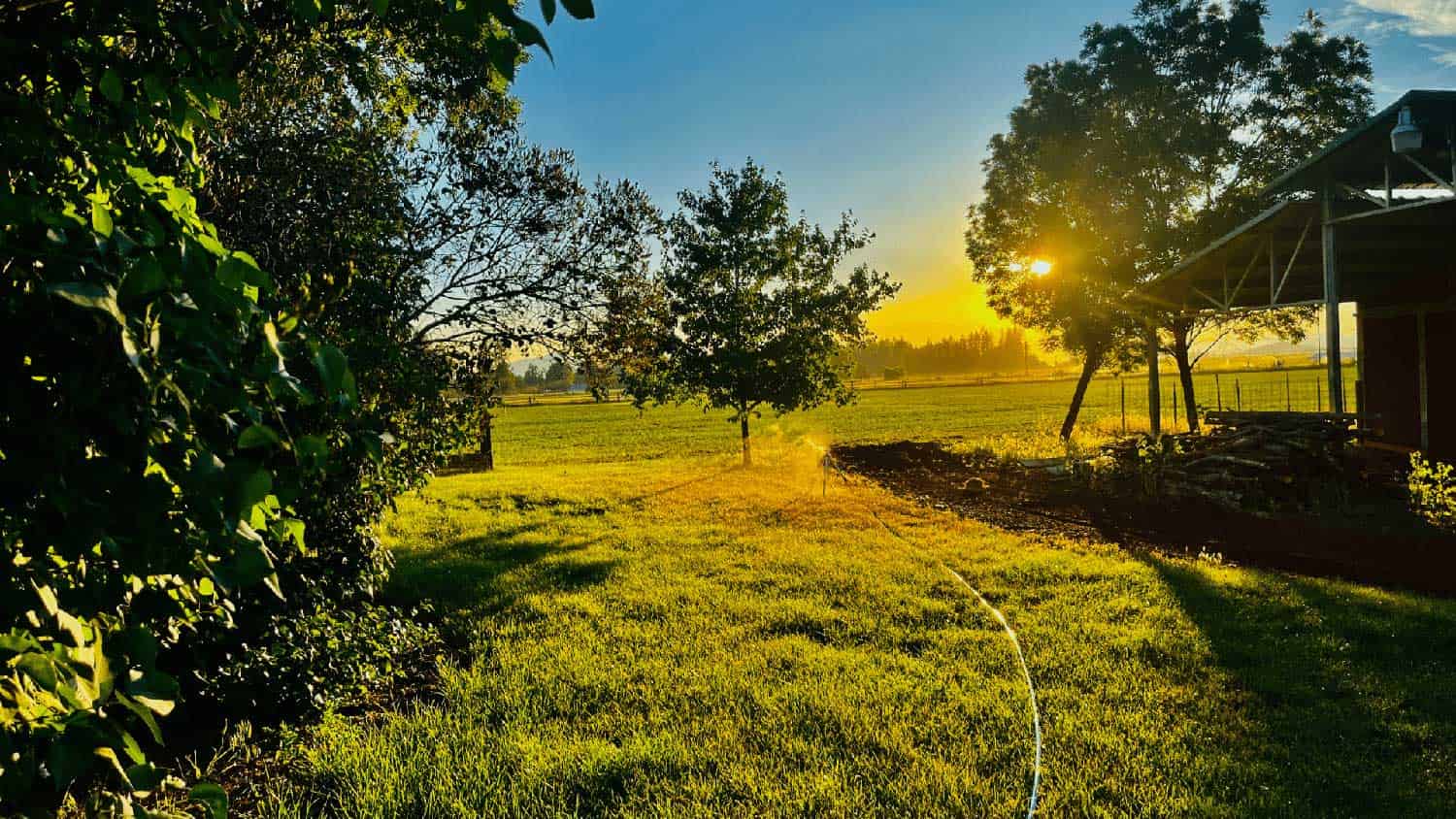
Featured Articles
The Top 10 Organic Garlic Farms in the US: A Comprehensive Ranking
What's New
Stay updated with the latest trends and innovations in regenerative organic farming. Our featured articles section brings you the freshest insights and success stories from regenerative farms around the world. Learn from expert regenerative farmers about the benefits of regenerative farming and discover new techniques to enhance your farming practices.
Featured Articles
What's New
History of Regenerative Organic Farming
The roots of regenerative organic farming can be traced back to traditional farming practices that emphasized harmony with nature. However, it gained significant momentum in the mid-20th century as a response to the negative impacts of industrial agriculture. Pioneers in the field recognized the need for farming methods that could regenerate the land rather than deplete it. Today, regenerative farming is seen as a vital solution to global warming, offering a sustainable way to produce food while restoring ecological balance.
Pros and Cons of Regenerative Organic Farming
Pros
- Soil Health:
Regenerative farming practices improve soil structure and fertility. - Biodiversity:
Enhances biodiversity on the farm, promoting a healthier ecosystem. - Climate Resilience:
Increases the farm’s resilience to climate change through better water retention and soil health. - Carbon Sequestration:
Helps combat global warming by sequestering carbon in the soil. - Nutrient-Rich Produce:
Yields high-quality, nutrient-dense organic produce.
Cons
- Initial Transition Costs:
May require significant investment in the initial transition period. - Knowledge and Training:
Requires extensive knowledge and training for effective implementation. - Market Access:
Farmers may face challenges accessing markets that value regenerative practices.
Contact for Wholesale Bulk Garlic Pricing
Are you interested in purchasing organic garlic in bulk? Contact Basaltic Farms for wholesale pricing on our CCOF and USDA-certified organic garlic. Our regenerative farming practices ensure that you receive garlic that is not only delicious but also produced in harmony with the environment. Reach out to us today for more information and to place your order.
FAQ About Regenerative Organic Farming
What is regenerative organic farming?
How does regenerative farming differ from organic farming?
What are the benefits of regenerative farming?
Is regenerative farming a solution to global warming?
What practices are involved in regenerative farming?
Can small farms implement regenerative practices?
How does regenerative farming impact food quality?
What challenges do regenerative farmers face?
How can consumers support regenerative farming?
What is the future of regenerative organic farming?
Glossary Of Terms
- Biodiversity: The variety of plant and animal life in a particular habitat or ecosystem. Higher biodiversity usually indicates a healthier and more resilient ecosystem.
- Carbon Sequestration: The process of capturing and storing atmospheric carbon dioxide. Regenerative farming practices like cover cropping and composting can increase the amount of carbon stored in the soil.
- Composting: The process of recycling organic waste, such as food scraps and plant materials, into nutrient-rich soil amendments that enhance soil health and fertility.
- Cover Cropping: The practice of growing specific crops primarily to benefit the soil rather than for harvest. Cover crops help prevent erosion, improve soil structure, enhance nutrient content, and suppress weeds.
- Crop Rotation: The practice of growing different types of crops in the same area in sequential seasons to improve soil health, reduce pest and weed pressure, and prevent nutrient depletion.
- Ecosystem Services: The benefits provided by ecosystems that contribute to making human life both possible and worth living. These include clean air and water, pollination of crops, and climate regulation.
- Holistic Management: A decision-making framework that considers the economic, environmental, and social impacts of farming practices, aiming for sustainable and regenerative outcomes.
- Integrated Pest Management (IPM): An approach to controlling pests that combines biological, cultural, physical, and chemical tools in a way that minimizes economic, health, and environmental risks.
- No-Till Farming: An agricultural practice where the soil is not disturbed by tillage, which helps maintain soil structure, improve water retention, and reduce erosion.
- Nutrient Cycling: The movement and exchange of organic and inorganic matter back into the production of living matter. This process is essential for maintaining soil fertility and ecosystem health.
- Organic Farming: Farming without the use of synthetic chemicals or genetically modified organisms (GMOs), focusing instead on natural processes and materials to enhance soil and plant health.
- Perennial Crops: Crops that live for more than two years. Perennial plants can help improve soil health and structure, reduce erosion, and sequester carbon more effectively than annual crops.
- Regenerative Agriculture: A holistic approach to farming that aims to regenerate the health of the soil, ecosystem, and community. It focuses on practices that restore soil fertility, enhance biodiversity, and improve the overall sustainability of the farm.
- Soil Health: The condition of the soil, including its biological, chemical, and physical properties. Healthy soil supports plant growth, stores and cycles nutrients, and provides a habitat for diverse organisms.
- Sustainable Agriculture: Farming practices that meet current food and textile needs without compromising the ability of future generations to meet their needs. This includes maintaining healthy soil, clean water, and biodiversity.
- Water Retention: is the soil’s ability to hold water. Good water retention is essential for plant health and resilience, especially in areas prone to drought.
- Yield: The amount of crop produced per unit area of land. Higher yields can indicate more efficient use of resources, though sustainable practices also consider the long-term health of the land.
